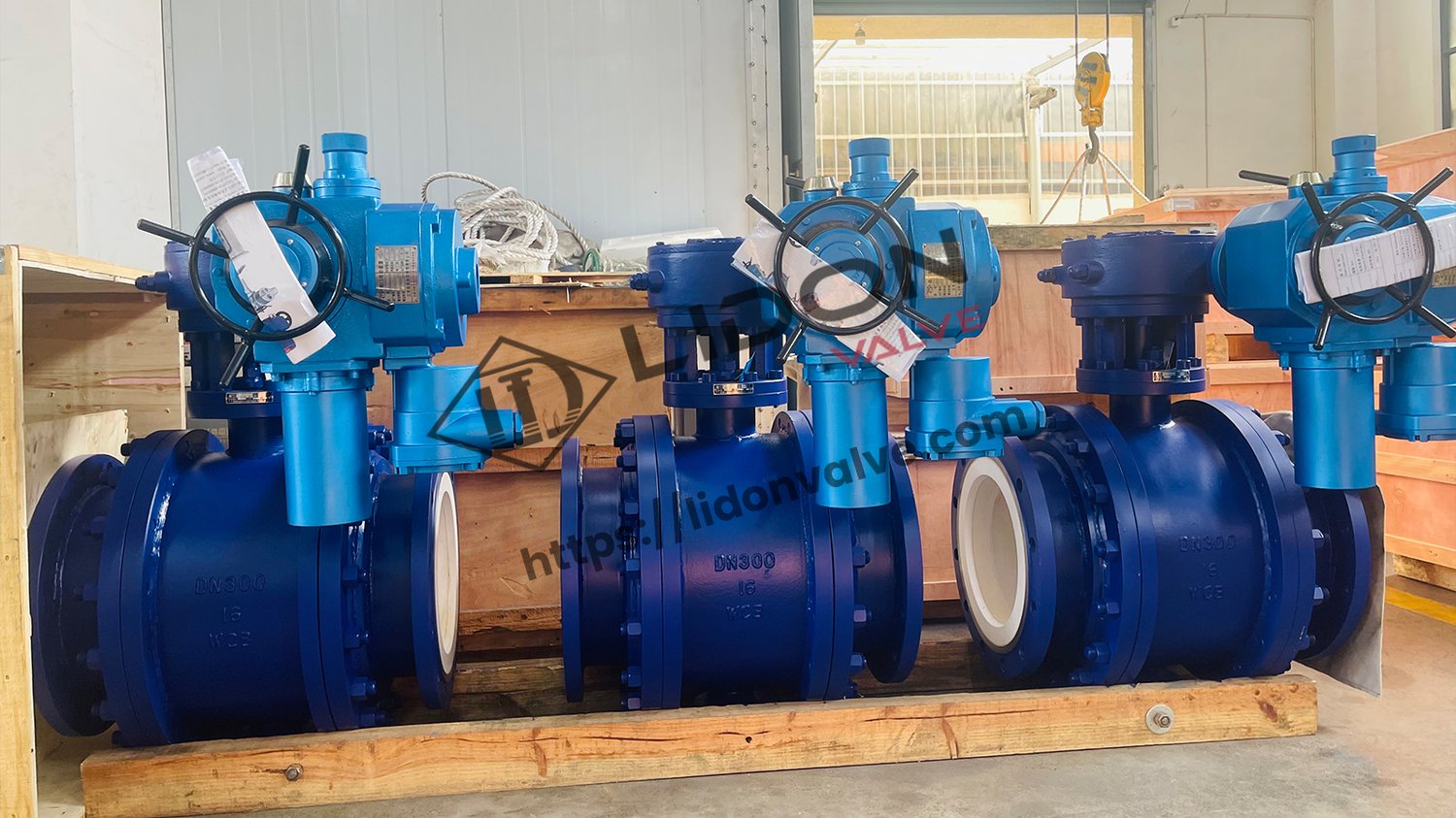How often do ball valves leak??
Ball valves are commonly used in a variety of applications, including water treatment plants, oil and gas refineries, and chemical processing plants. They are favored for their ability to control the flow of liquids and gases, as well as their durability. However, like any mechanical device, ball valves are not immune to leaking. In this article, we will explore the frequency of ball valve leaks and the factors that contribute to them.
The Basics of Ball Valves
Before we dive into the topic of ball valve leaks, it's important to understand the basics of how ball valves work. A ball valve is a type of valve that uses a spherical ball to control the flow of liquid or gas through a pipe or duct. The ball has a hole in the center, which allows the liquid or gas to flow through when the valve is open. When the valve is closed, the ball rotates so that the hole is perpendicular to the flow, effectively blocking it.
Ball Valve Leak Rate
The rate at which ball valves leak can vary depending on a number of factors, including the type of valve, its age, and the conditions under which it operates. On average, ball valves leak at a rate of 2-5% per year, which is relatively low compared to other types of valves. However, even a small leak can result in significant losses, particularly in applications where the cost of the fluid or gas being transported is high.
Potential Causes of Ball Valve Leaks
Several factors can contribute to ball valve leaks, including wear and tear, corrosion, and improper installation. As ball valves age, the seals that prevent leaks can become worn and brittle, which can cause them to fail. Corrosion can also weaken the valve body, making it more susceptible to leaks. Finally, if a ball valve is not installed properly, it may not seal correctly, which can cause leaks.
Maintenance and Inspection
To prevent ball valve leaks, it's important to conduct regular maintenance and inspection. This includes checking the valve for signs of wear or damage, replacing seals and gaskets as needed, and cleaning or replacing the ball if necessary. It's also important to make sure that the valve is properly installed and that all connections are tight.
Ball Valve Types
There are several different types of ball valves, including full port, reduced port, and V-port. Full port ball valves have a larger opening, which allows for maximum flow, while reduced port ball valves have a smaller opening, which limits flow. V-port ball valves are designed for precise flow control in applications where accuracy is critical.
Ball Valve Materials
Ball valves can be made from a variety of materials, including brass, stainless steel, and PVC. The choice of material depends on the application and the type of fluid or gas being transported. Some materials are more resistant to corrosion than others, which can help prevent leaks.
Ball Valve Applications
Ball valves are used in a wide range of applications, including HVAC systems, water treatment plants, and chemical processing facilities. They are also used in the oil and gas industry, where they are used to control the flow of oil and gas through pipelines and refineries.
Certifications and Standards
Ball valves must meet certain certifications and standards to ensure safety and reliability. These include certifications from organizations like the American Society of Mechanical Engineers (ASME) and the International Organization for Standardization (ISO).
Conclusion
Overall, ball valves are a reliable and effective way to control the flow of liquids and gases in a variety of applications. While they may leak on occasion, proper maintenance and inspection can help prevent leaks and ensure the safety and efficiency of the system. By understanding the factors that contribute to ball valve leaks, you can take steps to prevent them and ensure the longevity of your ball valve system.

